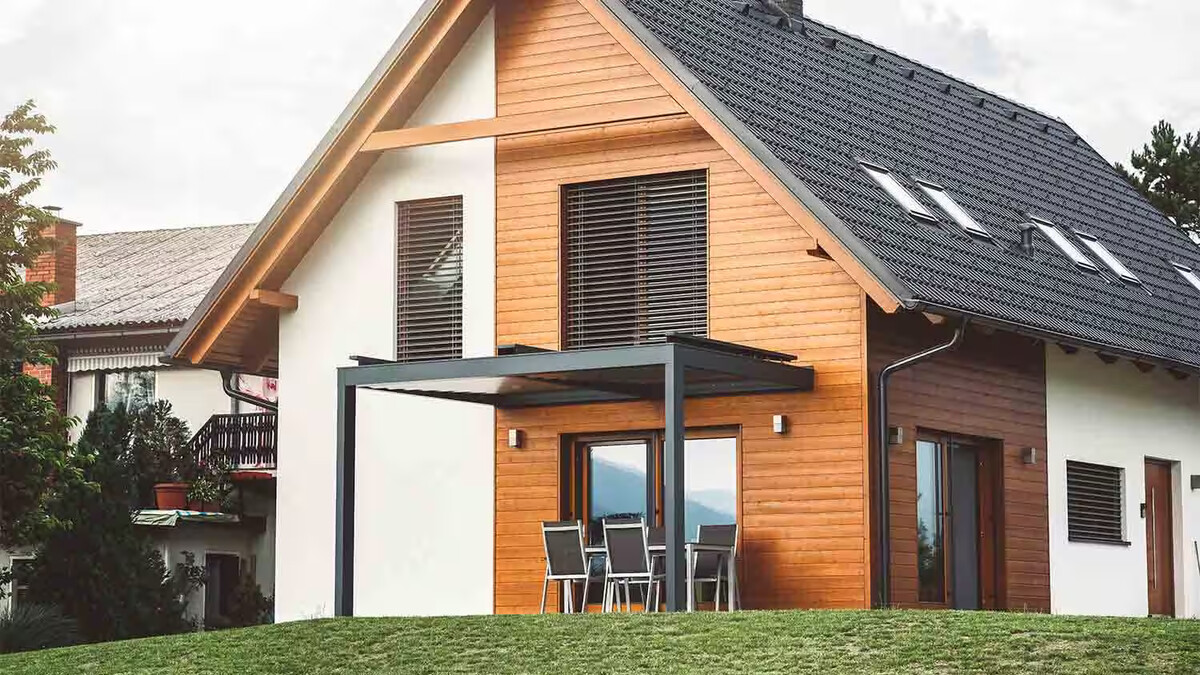

Articles
How Much Does Wood Siding Cost
Modified: January 8, 2024
Looking for articles on how much wood siding costs? Read our comprehensive guide to find out the average prices and factors that can impact the overall cost.
(Many of the links in this article redirect to a specific reviewed product. Your purchase of these products through affiliate links helps to generate commission for Storables.com, at no extra cost. Learn more)
Introduction
Wood siding is a beautiful and natural choice for enhancing the exterior of your home. It provides a timeless appeal that complements various architectural styles, from rustic cabins to modern farmhouse designs. If you’re considering wood siding for your home, it’s important to understand the factors that can affect its cost, as well as the different types of wood siding available.
Wood siding cost can vary depending on a range of factors, including the type of wood used, the size of your home, and the complexity of the installation. In this article, we will explore these factors and provide you with an estimate of the average cost of wood siding materials and labor.
Before diving into the cost details, let’s take a look at the different types of wood siding available. Each type has its own characteristics and price range, so understanding the options will help you make an informed decision.
Key Takeaways:
- Wood siding cost is influenced by factors such as wood type, siding grade, home size, installation complexity, and additional preparations. Understanding these factors helps in effective budgeting for a wood siding project.
- While wood siding offers timeless beauty and environmental sustainability, it requires regular maintenance. Homeowners should weigh the benefits against potential drawbacks and consult professionals for informed decisions.
Read more: How Much Does Hardie Siding Cost
Factors Affecting Wood Siding Cost
The cost of wood siding can be influenced by several factors that are important to consider before making your decision. These factors include:
- Type of Wood: The type of wood used for your siding can have a significant impact on the cost. Some woods, such as cedar and redwood, are known for their durability and naturally resistance to insects and decay, but they tend to be more expensive. Other options, like pine or fir, may be more affordable but require additional treatments for protection.
- Siding Grade and Quality: Wood siding is available in different grades and quality levels. Higher-grade options will generally have fewer knots and imperfections, resulting in a more uniform appearance. However, these higher-quality sidings often come with a higher price tag.
- Size of the Home: The size of your home will directly impact the amount of siding material needed, which in turn affects the overall cost. Larger homes will require more wood siding, resulting in higher material costs.
- Complexity of the Installation: If your home has intricate architectural details or unique features, such as multiple levels or gables, the installation process may be more complex. This can increase labor costs, as more time and expertise may be required to properly install the wood siding.
- Additional Preparations: Certain factors, such as the condition of the existing exterior, may require additional preparations before installing wood siding. For example, if there is existing damage or rot, it will need to be repaired before the siding can be installed. These preparatory tasks can add to the overall cost.
It’s important to keep these factors in mind when budgeting for your wood siding project. Consulting with a professional contractor can also provide valuable insights and help you determine the most cost-effective options for your specific needs.
Types of Wood Siding
Wood siding comes in various styles and profiles, each offering a unique look and feel. Here are some of the most common types of wood siding:
- Clapboard (or Lap) Siding: This is the most traditional and popular type of wood siding. Clapboard siding consists of long, narrow boards that are installed horizontally, with each board overlapping the one below it. It provides a classic and timeless aesthetic, and can be either beveled or beveled and rabbeted for added texture.
- Shiplap Siding: Shiplap siding is similar to clapboard, but the boards have a rabbet on both the top and bottom edges, allowing them to fit together more tightly. This creates a distinctive shadow line effect and can give your home a more rustic or coastal look.
- Board and Batten Siding: Board and batten siding is characterized by wide vertical boards (the “boards”) with narrower boards (the “battens”) covering the seams. This style creates a charming, country-inspired appearance and is often seen on barns and farmhouses.
- Cedar Shingle Siding: Cedar shingles evoke a charming and rustic look. They are thin, wedge-shaped pieces of cedar that are overlapped and installed in a staggered pattern. Cedar shingle siding is highly durable and can withstand harsh weather conditions.
- Log Siding: For a truly rustic and log cabin feel, log siding is a great choice. It is made from full logs that are milled flat on one side and interlock horizontally. Log siding offers a unique and distinctive appearance that adds warmth and character to any home.
These are just a few examples of the many types of wood siding available. The choice of siding depends on your personal style preference, desired aesthetic, and budget. It’s important to thoroughly research and consider each option before making a decision.
Average Cost of Wood Siding Materials
The cost of wood siding materials can vary depending on the type of wood used and the quality of the siding. Here is a general idea of the average cost range for common wood siding materials:
- Cedar Siding: Cedar siding is known for its durability and natural resistance to decay and insects. It is one of the more expensive options, with prices ranging from $5 to $10 per square foot.
- Redwood Siding: Redwood is another premium wood choice that offers exceptional beauty and longevity. The cost of redwood siding typically falls within the range of $7 to $12 per square foot.
- Pine and Fir Siding: Pine and fir are more affordable wood options that can still provide a beautiful result. Prices for pine and fir siding can range from $3 to $6 per square foot.
- Cedar Shingle Siding: Cedar shingles are a popular choice for their unique appearance. The cost of cedar shingle siding typically falls between $6 and $9 per square foot.
- Log Siding: Log siding, being a specialty option, tends to have a higher price range. On average, log siding can cost anywhere from $10 to $20 per square foot.
It’s important to note that the above figures are just averages and can vary depending on factors such as location, availability, and the specific supplier. Additionally, these prices do not include the cost of installation, which is a separate consideration.
When considering the cost of wood siding materials, it’s important to balance your budget with the desired durability and aesthetic appeal. Consulting with a professional contractor or visiting local suppliers can give you a more accurate estimate based on your specific requirements.
Labor Costs for Wood Siding Installation
The labor costs for wood siding installation will depend on various factors, including the size of your home, the complexity of the project, and the experience and pricing of the contractor hired. Generally, labor costs for wood siding installation can range from $3 to $8 per square foot of siding.
Installing wood siding involves several steps, including preparing the surface, measuring and cutting the siding, and securely attaching it to the exterior of your home. The complexity of the installation process can vary depending on factors such as the type of siding chosen and the architectural features of your home.
Here are some factors that can impact labor costs for wood siding installation:
- Size of Your Home: Larger homes will require more time and labor to complete the installation, which can increase the overall cost. Conversely, smaller homes may have lower labor costs due to the reduced amount of work involved.
- Architectural Complexity: If your home has unique architectural features, such as multiple levels, intricate details, or challenging angles, the installation process will likely be more complex. A contractor may charge higher labor costs to account for the additional time and expertise required.
- Removal of Existing Siding: If there is existing siding on your home that needs to be removed before installing the new wood siding, this task can add to the labor costs. Removing the old siding and properly preparing the surface for the new installation can be time-consuming.
- Additional Preparations: Sometimes, additional preparations are required before wood siding can be installed. This may include repairing or replacing damaged sheathing, moisture barriers, or underlying structures. These extra steps can increase the labor costs.
- Location: Labor costs can also vary depending on your location and the cost of living in your area. Contractors in urban areas or regions with a higher cost of living may charge more for their services.
It’s essential to obtain multiple quotes from reputable contractors to get a better understanding of the labor costs specific to your project. By comparing quotes and considering the qualifications and experience of the contractors, you can find the best balance between cost and quality of work for your wood siding installation project.
When considering the cost of wood siding, it’s important to factor in the type of wood, installation costs, and maintenance requirements. Cedar and redwood are popular choices but can be more expensive than other options. Additionally, be sure to budget for regular maintenance to ensure the longevity of your wood siding.
Read more: How Much Does It Cost To Siding A House
Additional Costs to Consider
When budgeting for wood siding installation, it’s important to consider additional costs that may be incurred during the project. These costs can vary depending on several factors, including the condition of your home’s exterior, any necessary repairs or upgrades, and any extras or customization options you may choose. Here are some additional costs to keep in mind:
- Repair and Preparation Costs: If your home’s exterior has any existing damage, rot, or issues that need to be addressed before installing the wood siding, you will need to budget for repair and preparation costs. This can include repairing or replacing sheathing, fixing underlying structures, or addressing moisture issues.
- Priming and Painting: Most wood siding materials require priming and painting to protect them from the elements and to achieve the desired look. The cost of priming and painting will depend on factors such as the size of your home and the complexity of the design. It’s important to budget for the cost of paint, primer, and potentially hiring a professional painter if needed.
- Trim and Finish Work: Adding trim or decorative elements to your wood siding can enhance the overall appearance of your home. However, this may incur additional costs for materials and installation. Discuss with your contractor if you have specific trim or finish work in mind, and factor in those costs in your budget.
- Permits and Inspections: Depending on your location, you may need to obtain permits and schedule inspections for the wood siding installation. These costs can vary, so it’s essential to check with your local building department to determine the requirements and associated fees.
- Cleanup and Disposal: Once the wood siding installation is complete, there may be cleanup and disposal costs to consider. This can include removing any waste materials, debris, or old siding. Discuss with your contractor if they include cleanup and disposal services or if it will require an additional fee.
It’s important to have a thorough discussion with your chosen contractor to understand any potential additional costs specific to your project. This will help you develop an accurate budget and prevent any unexpected financial surprises along the way.
Benefits of Wood Siding
Wood siding offers numerous benefits that make it a popular choice among homeowners. Here are some of the key advantages of using wood siding for your home:
- Natural Beauty: Wood siding provides a warm and natural aesthetic that adds character and charm to your home’s exterior. The unique grains, patterns, and variations in the wood create a visually appealing look that can enhance the overall curb appeal of your property.
- Timeless Appeal: Wood siding has a timeless quality that can withstand changing trends and remain in style for years to come. Its classic and versatile appearance complements a wide range of architectural styles, from traditional to modern farmhouse designs.
- Environmental Sustainability: Wood is a renewable resource, making it an environmentally sustainable choice for siding. When sourced from responsibly managed forests, wood siding has a lower carbon footprint compared to other building materials.
- Insulation and Energy Efficiency: Wood siding offers natural insulation properties, helping to regulate temperature and improve energy efficiency. Wood acts as a natural insulator, reducing heat transfer and potentially lowering heating and cooling costs.
- Durability and Longevity: When properly maintained, wood siding can last for many years. Various wood species, such as cedar and redwood, are naturally resistant to decay, insects, and rot. Regular maintenance, including staining or sealing, can help prolong the lifespan of the siding.
- Repairability: Wood siding is relatively easy to repair compared to other types of siding materials. Damaged sections can be replaced without requiring extensive work on the entire siding. This can be cost-effective and convenient in case of localized damage.
- Customization Options: Wood siding can be easily customized to suit your preferences. It can be painted or stained in a wide range of colors, allowing you to achieve the desired look and match your home’s style. Additionally, wood can be cut and shaped into various profiles and designs for a truly personalized appearance.
It’s important to note that while wood siding offers numerous benefits, it does require regular maintenance to ensure its longevity and optimal performance. This includes periodic cleaning, staining or painting, and routine inspections to address any issues promptly.
Overall, wood siding provides a natural and timeless beauty, environmental sustainability, and customizable options that make it an attractive choice for homeowners looking to enhance the look and value of their homes.
Potential Drawbacks of Wood Siding
While wood siding offers numerous benefits, it is essential to consider the potential drawbacks before making a decision for your home. Here are some of the main challenges associated with wood siding:
- High Maintenance: Wood siding requires regular maintenance to protect it from the elements and preserve its appearance. This includes cleaning, staining or painting, and routine inspections for signs of damage or rot. Failure to properly maintain wood siding can lead to deterioration, requiring costly repairs or replacement.
- Weathering and Sun Damage: Wood siding is vulnerable to weathering and sun damage. Over time, exposure to UV rays can cause the wood to fade, crack, or warp. Extreme weather conditions, such as heavy rain or snow, can also accelerate the deterioration process, making regular maintenance even more crucial.
- Potential for Rot and Decay: Despite the natural resistance of some wood species, wood siding can still be prone to rot and decay if moisture becomes trapped between the siding and the house. Proper installation and the use of moisture barriers are essential to prevent water intrusion and protect the wood from damage.
- Insect Infestations: Certain insects, such as termites or carpenter ants, can cause damage to wood siding. Regular inspections and prompt treatment of any infestations are necessary to prevent extensive damage to your siding and home structure.
- Fire Risk: Wood siding is combustible, which means it can pose a fire risk. However, many types of wood siding have fire-resistant treatments available that can help mitigate this risk. It is essential to comply with local fire safety regulations and consider fire-resistant options if you live in an area prone to wildfires or with strict fire safety requirements.
- Higher Initial Cost: Compared to other siding materials, wood siding can have a higher upfront cost. Premium wood species, such as cedar or redwood, can be more expensive, and the cost of installation and ongoing maintenance should also be taken into account. However, many homeowners find that the long-term benefits and aesthetic appeal outweigh the higher initial investment.
- Availability and Sourcing: Some wood species used for siding might have limited availability or be subject to strict sourcing regulations due to sustainability concerns. It’s important to research the sourcing practices of the material you choose and ensure it comes from responsibly managed forests.
Considering these potential drawbacks, it is important to weigh the maintenance requirements, durability, and cost factors against the desired aesthetic appeal and natural beauty of wood siding. Each homeowner’s priorities and circumstances may vary, so careful consideration and consultation with professionals are recommended.
Conclusion
Wood siding offers a timeless and natural beauty that can enhance the exterior of any home. While it comes with its own set of considerations, the benefits of wood siding outweigh the potential drawbacks for many homeowners.
When deciding on wood siding for your home, it’s crucial to consider factors that can affect the cost, such as the type of wood, siding grade, size of your home, complexity of installation, and any additional preparations required. Understanding these factors will help you budget effectively for your project.
Wood siding provides an array of customization options and can complement various architectural styles. Its durability, repairability, and insulation properties contribute to its widespread use. Additionally, wood is an environmentally sustainable choice when sourced responsibly from managed forests.
However, it is important to be aware of the maintenance requirements involved with wood siding. Regular upkeep, including cleaning, staining or painting, and addressing any damage promptly, is necessary to ensure the longevity and performance of your wood siding.
By weighing the pros and cons, considering your budget, and consulting with professionals, you can make an informed decision about whether wood siding is the right choice for your home.
Remember that each homeowner’s needs and priorities may differ, so it’s important to evaluate all aspects, including the aesthetics, durability, maintenance, and cost, to determine the best siding option for your specific circumstances.
In conclusion, wood siding offers a classic and natural appeal, allowing you to create a beautiful and welcoming home exterior that will stand the test of time.
Frequently Asked Questions about How Much Does Wood Siding Cost
Was this page helpful?
At Storables.com, we guarantee accurate and reliable information. Our content, validated by Expert Board Contributors, is crafted following stringent Editorial Policies. We're committed to providing you with well-researched, expert-backed insights for all your informational needs.
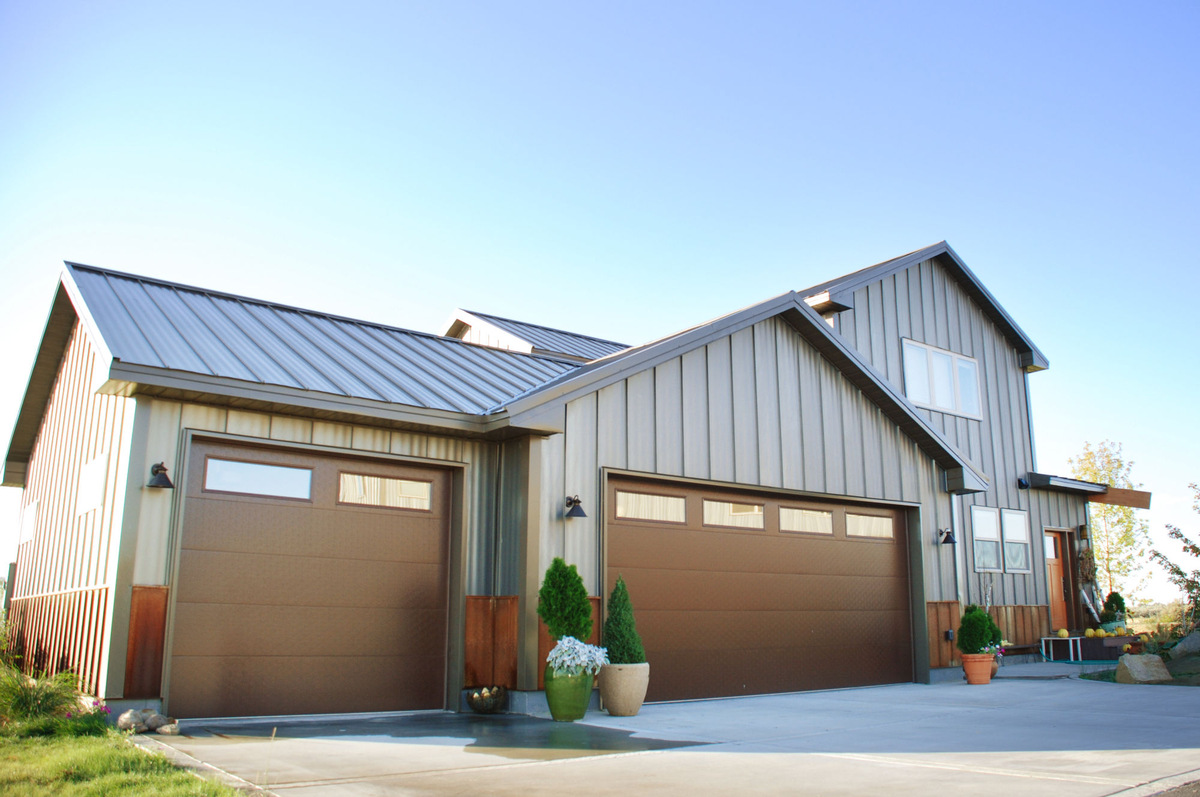
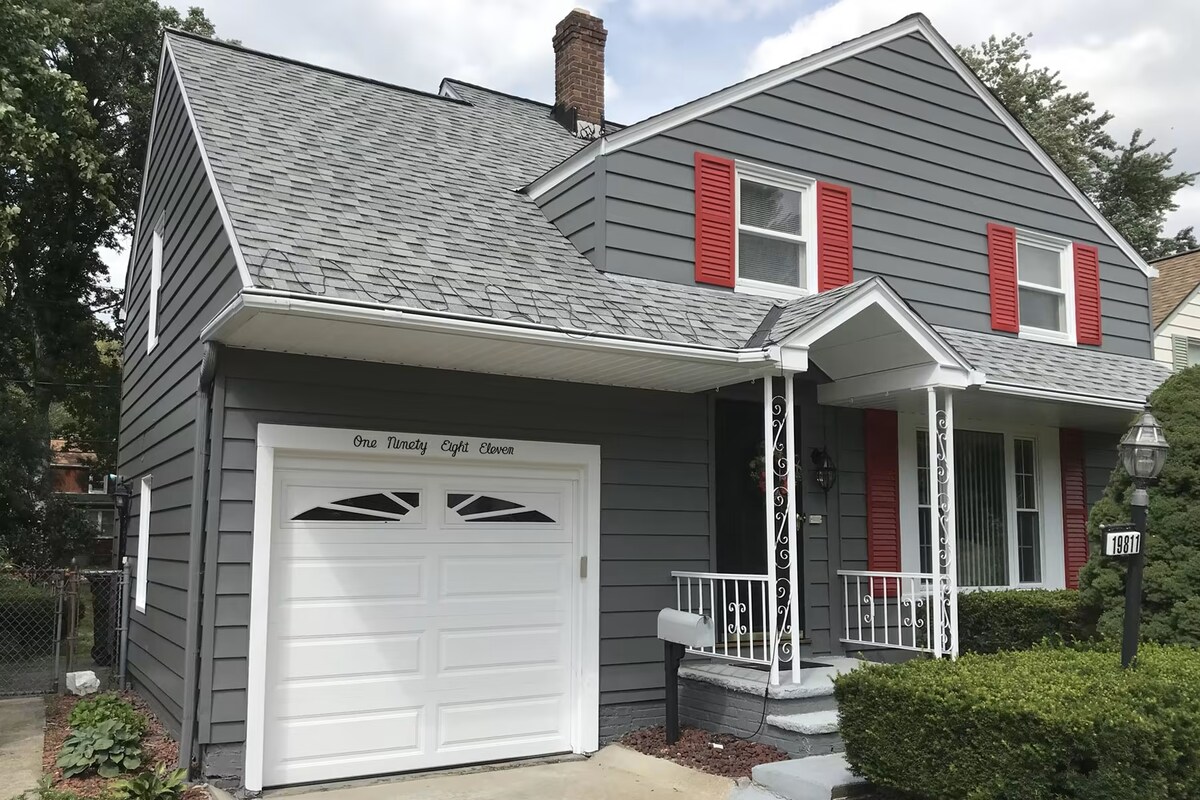
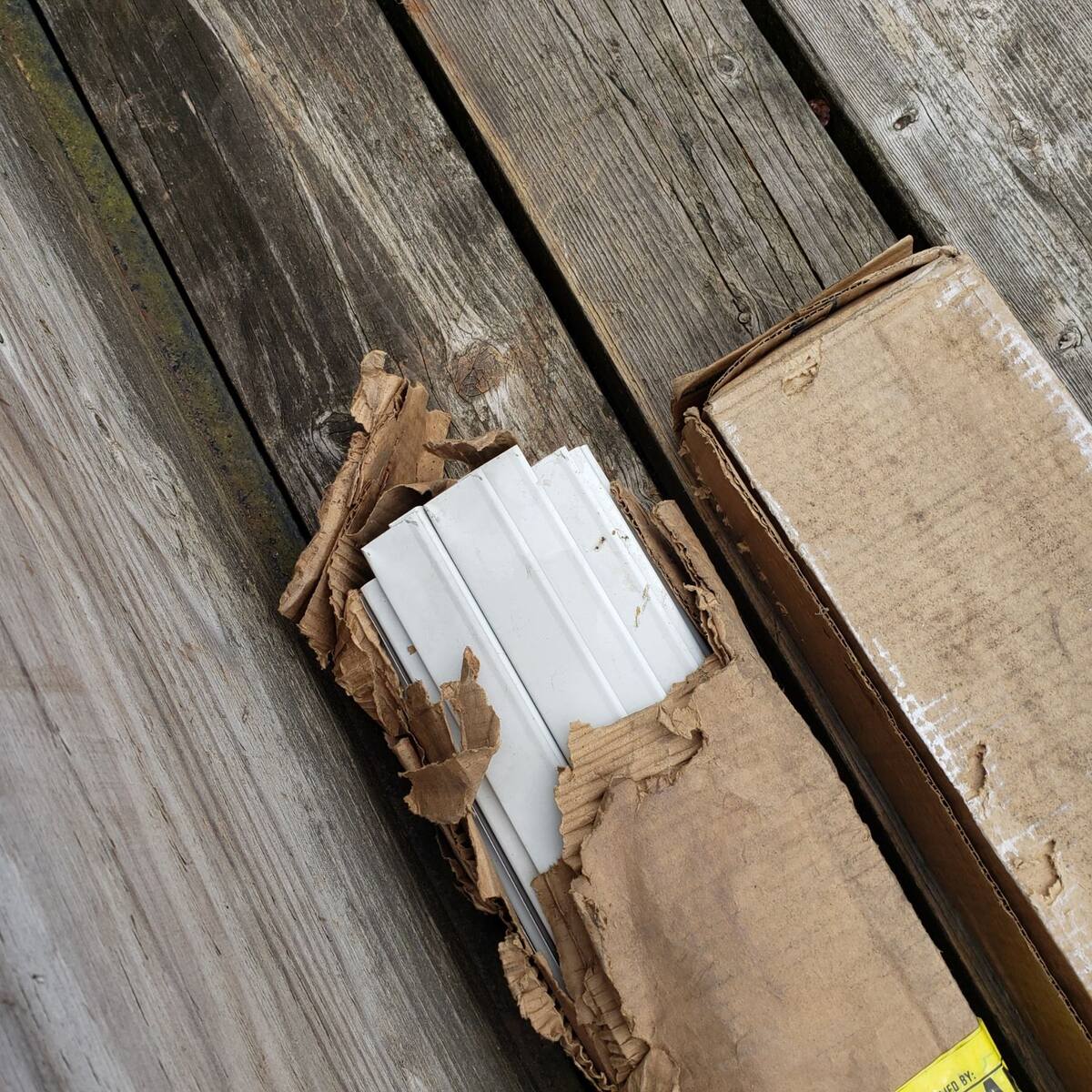
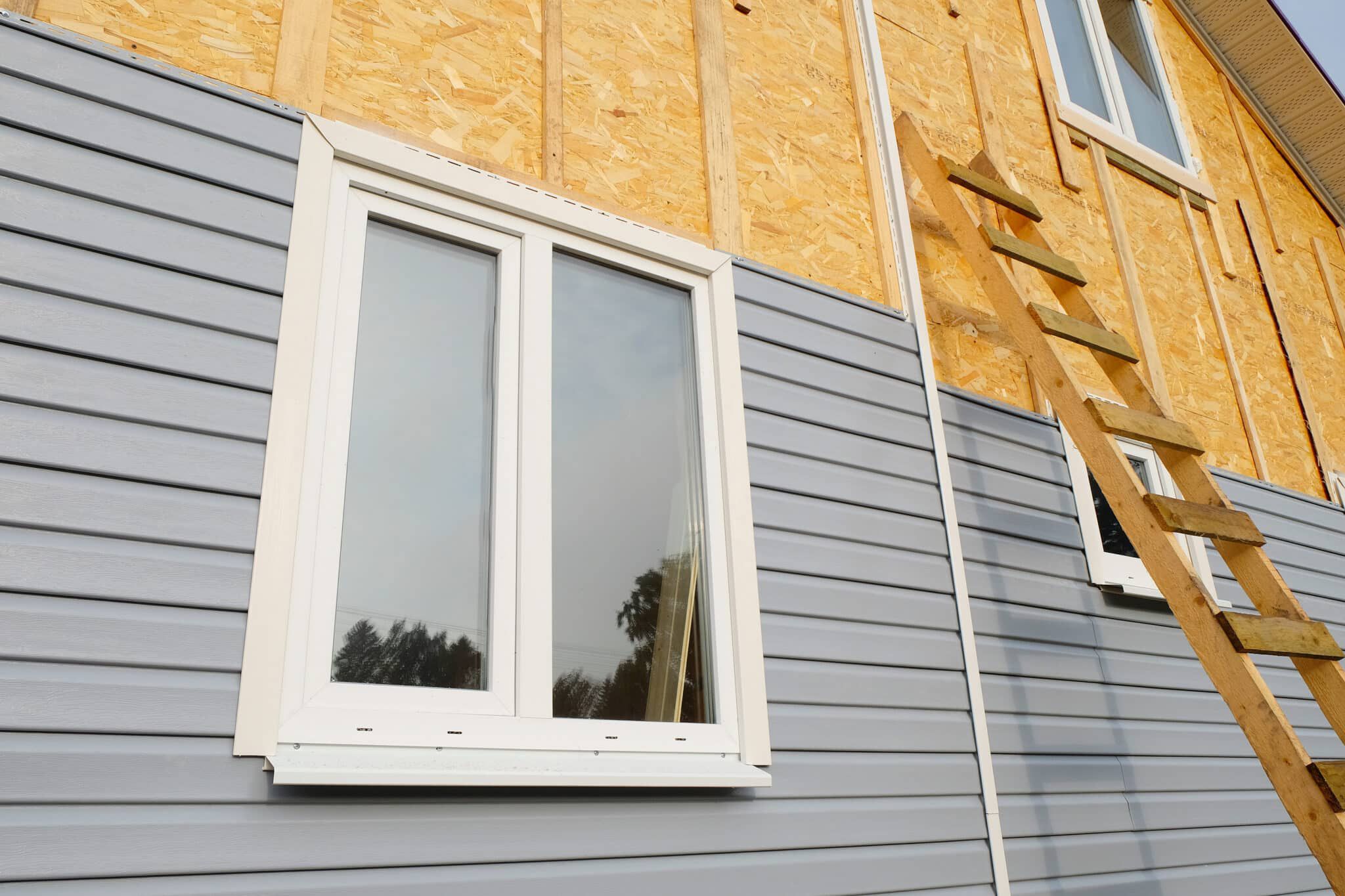
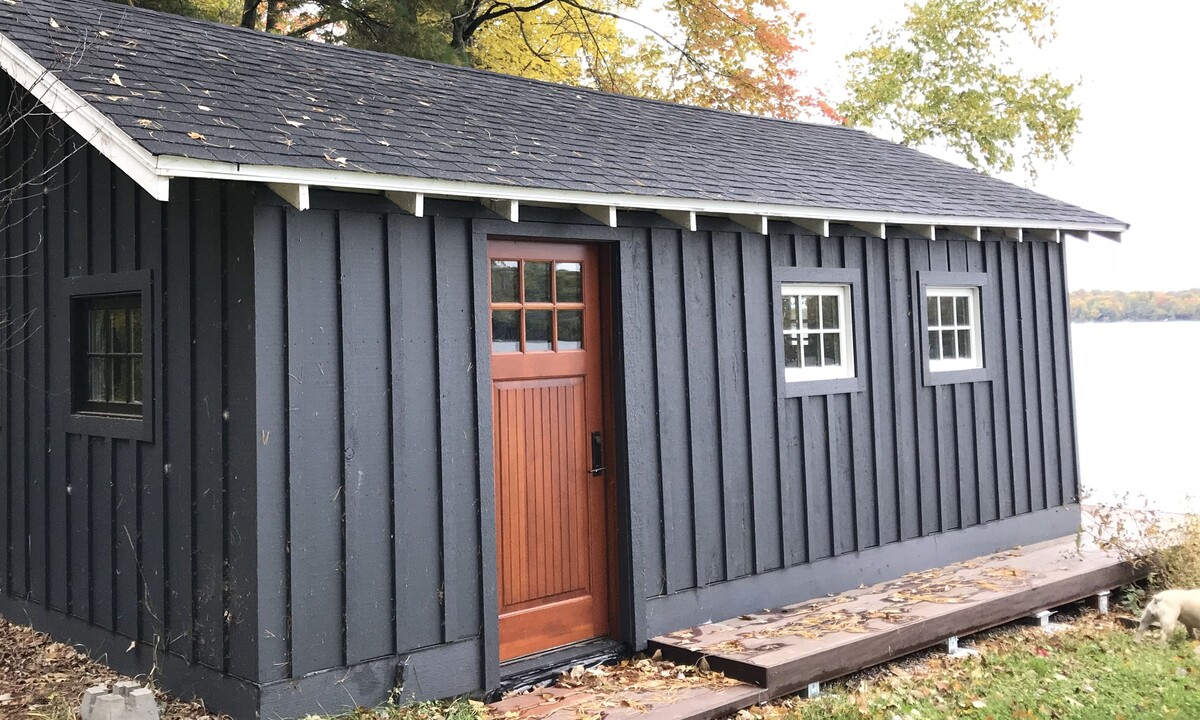
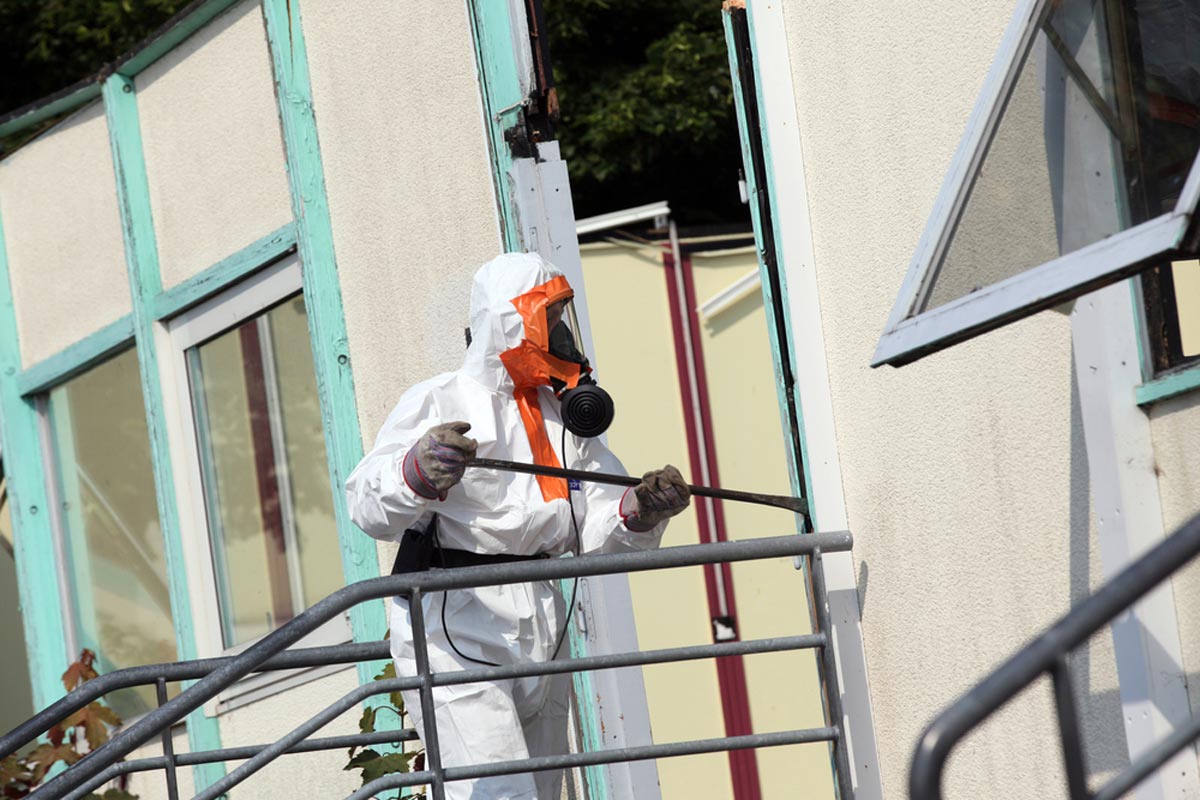
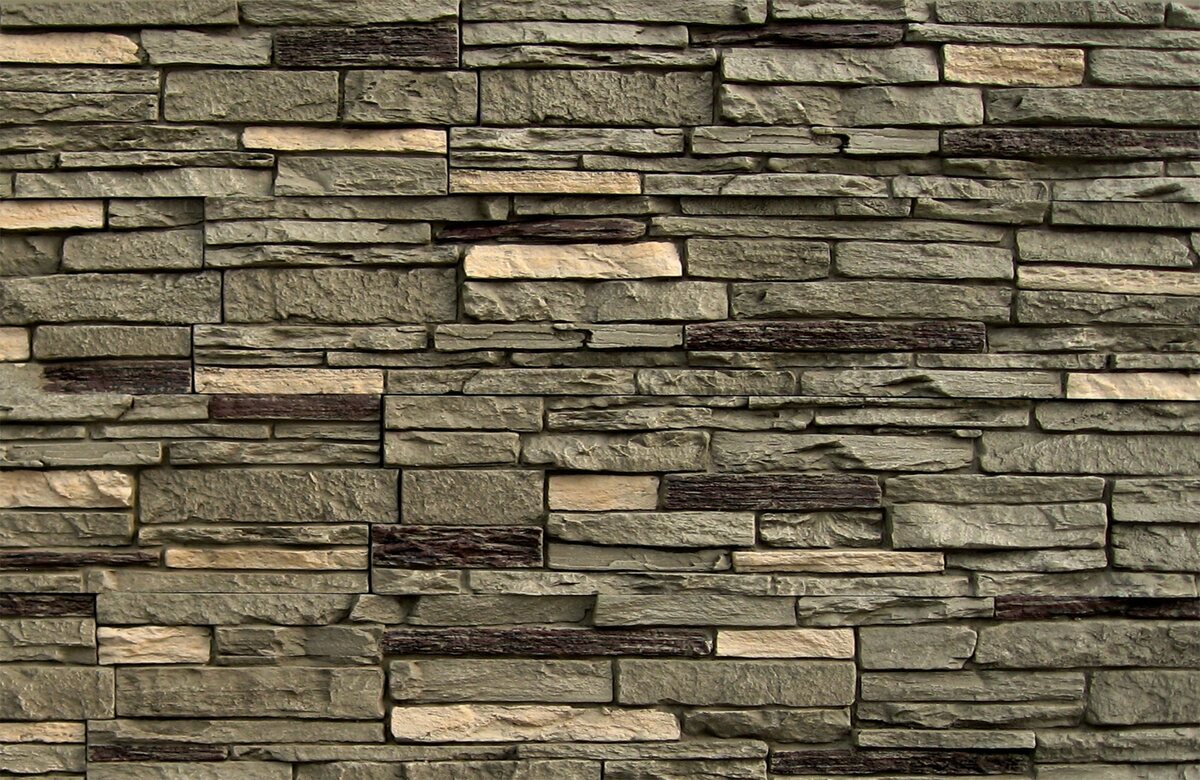
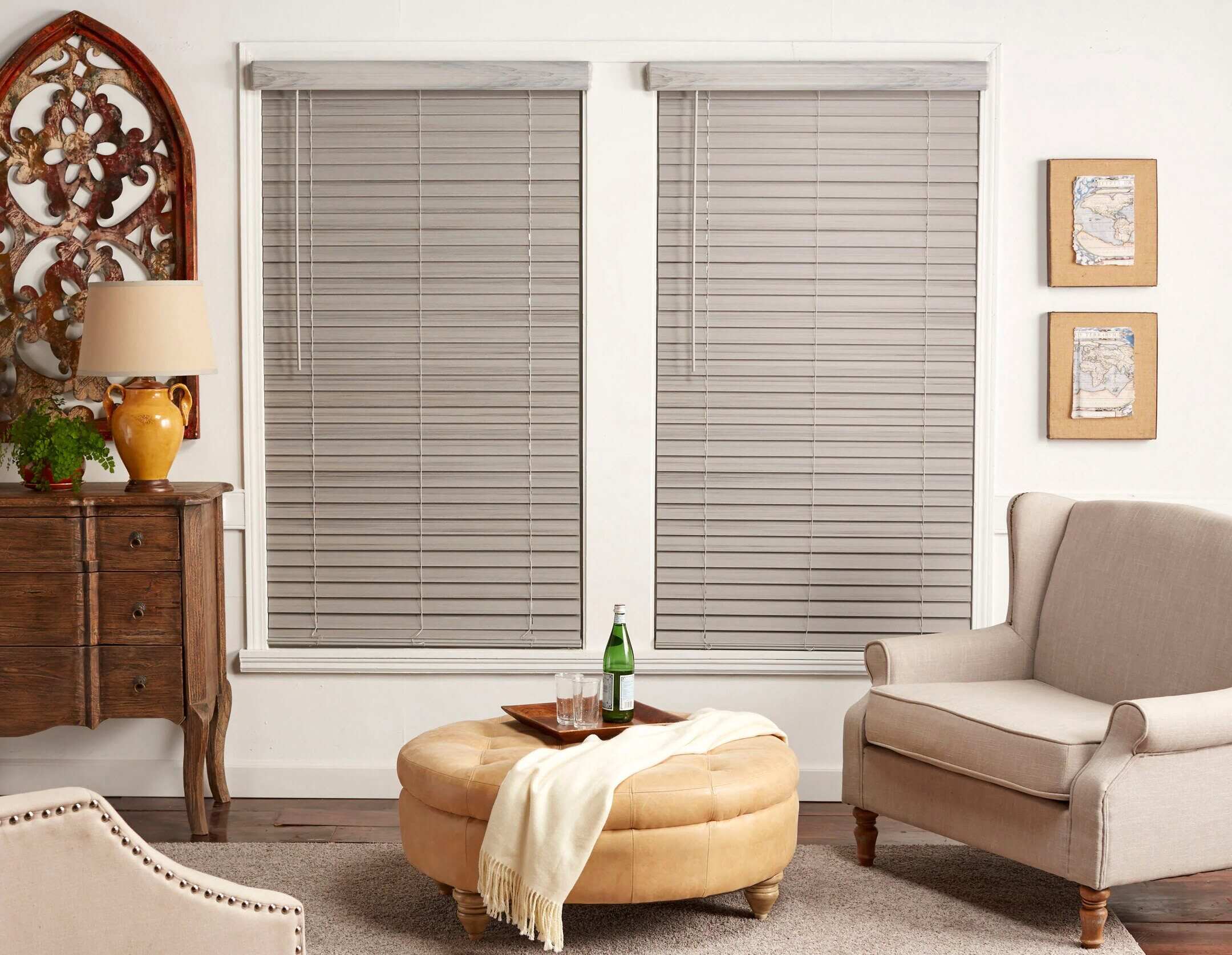
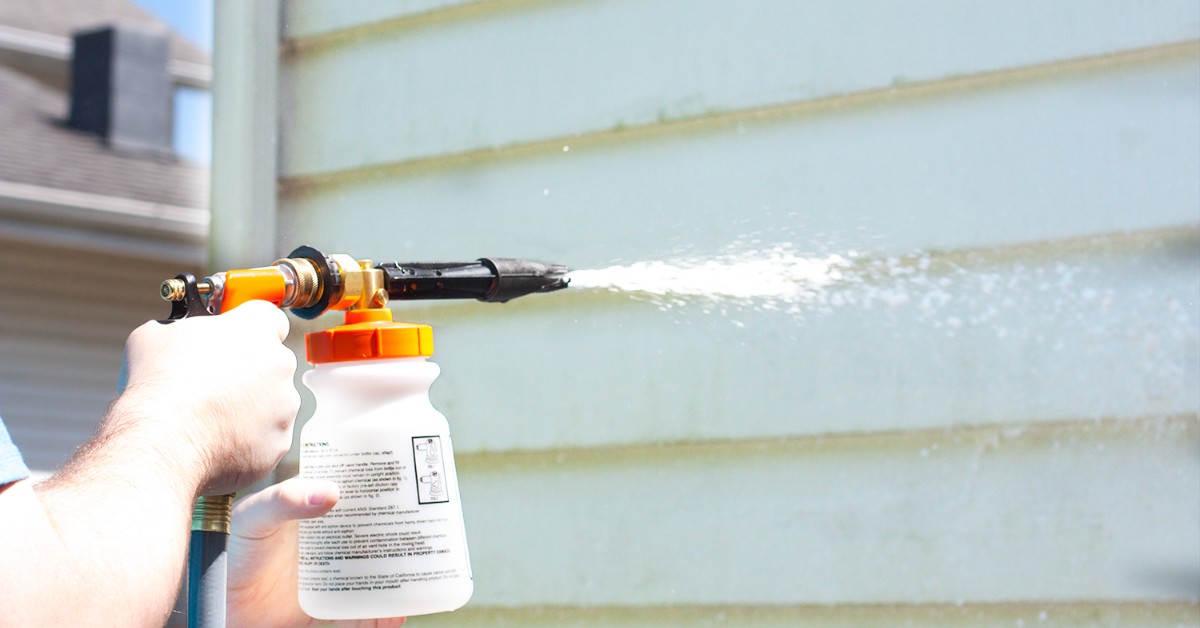
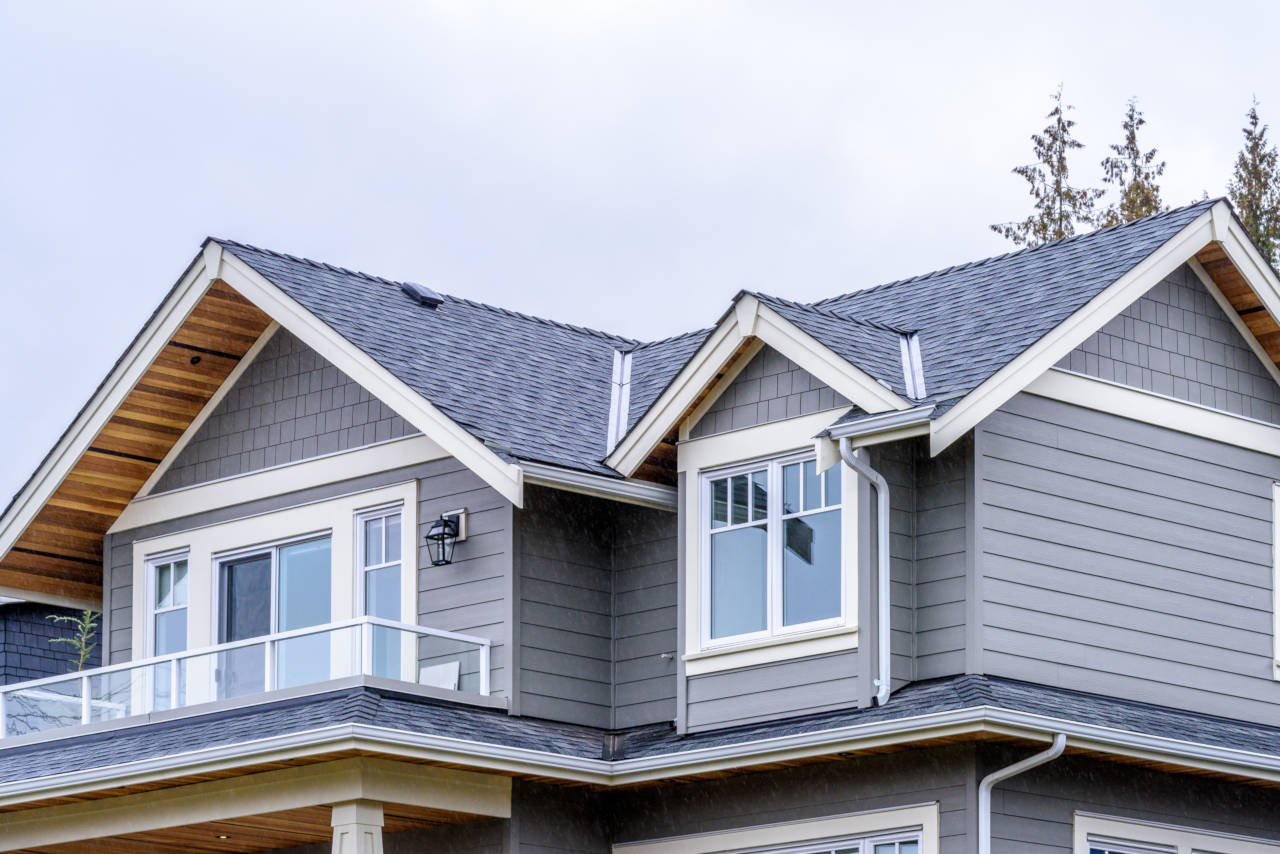
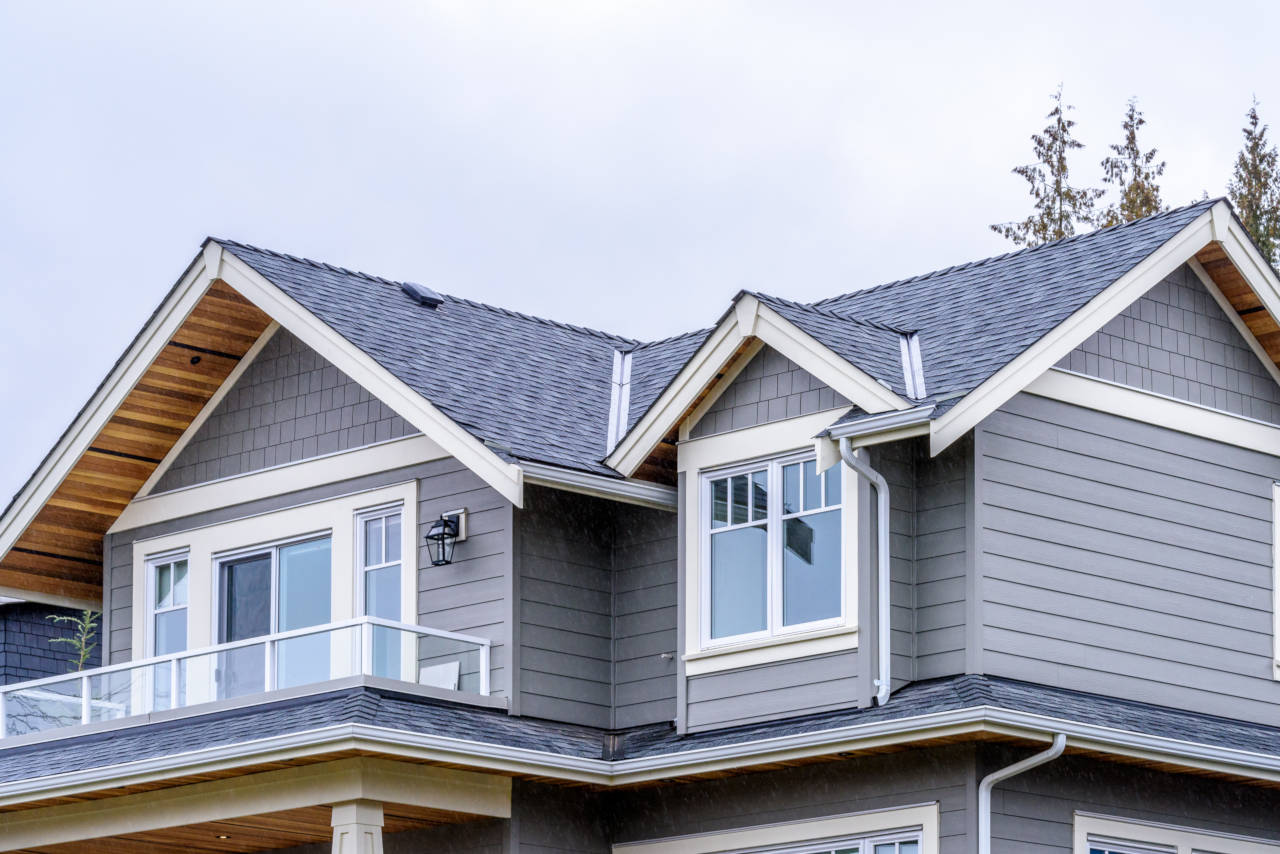
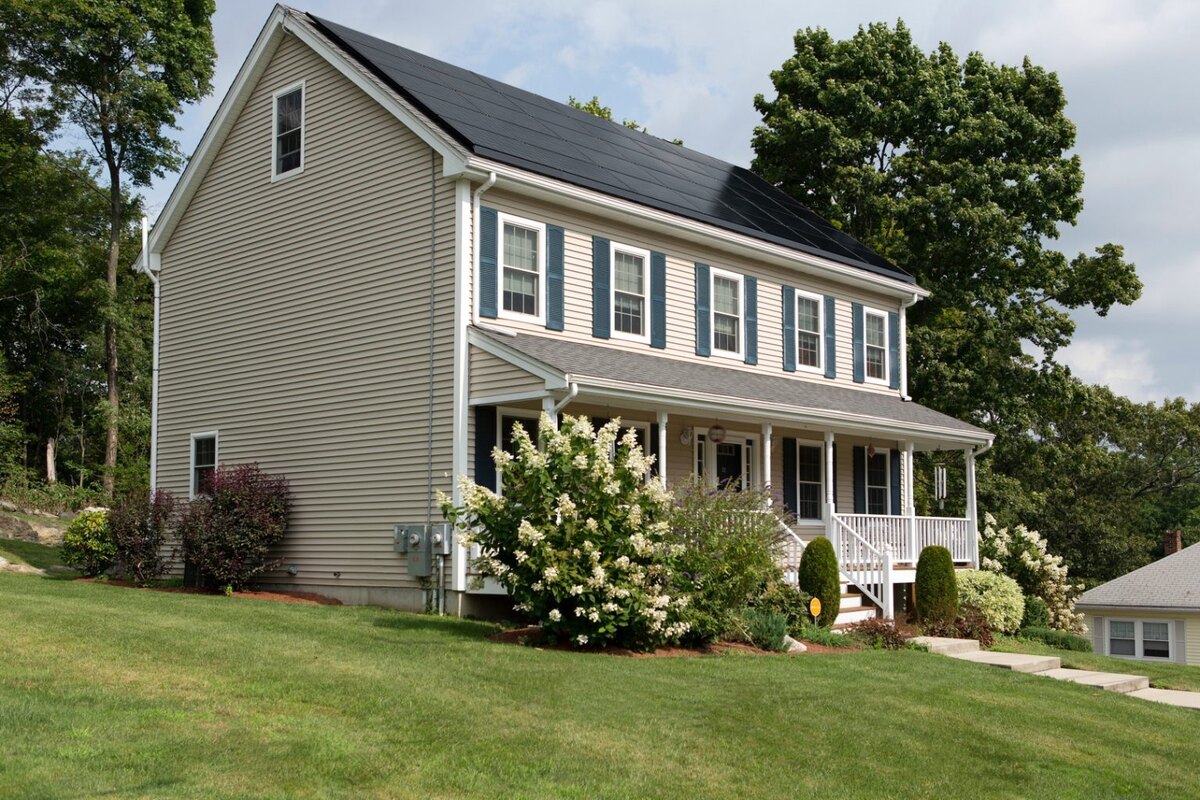

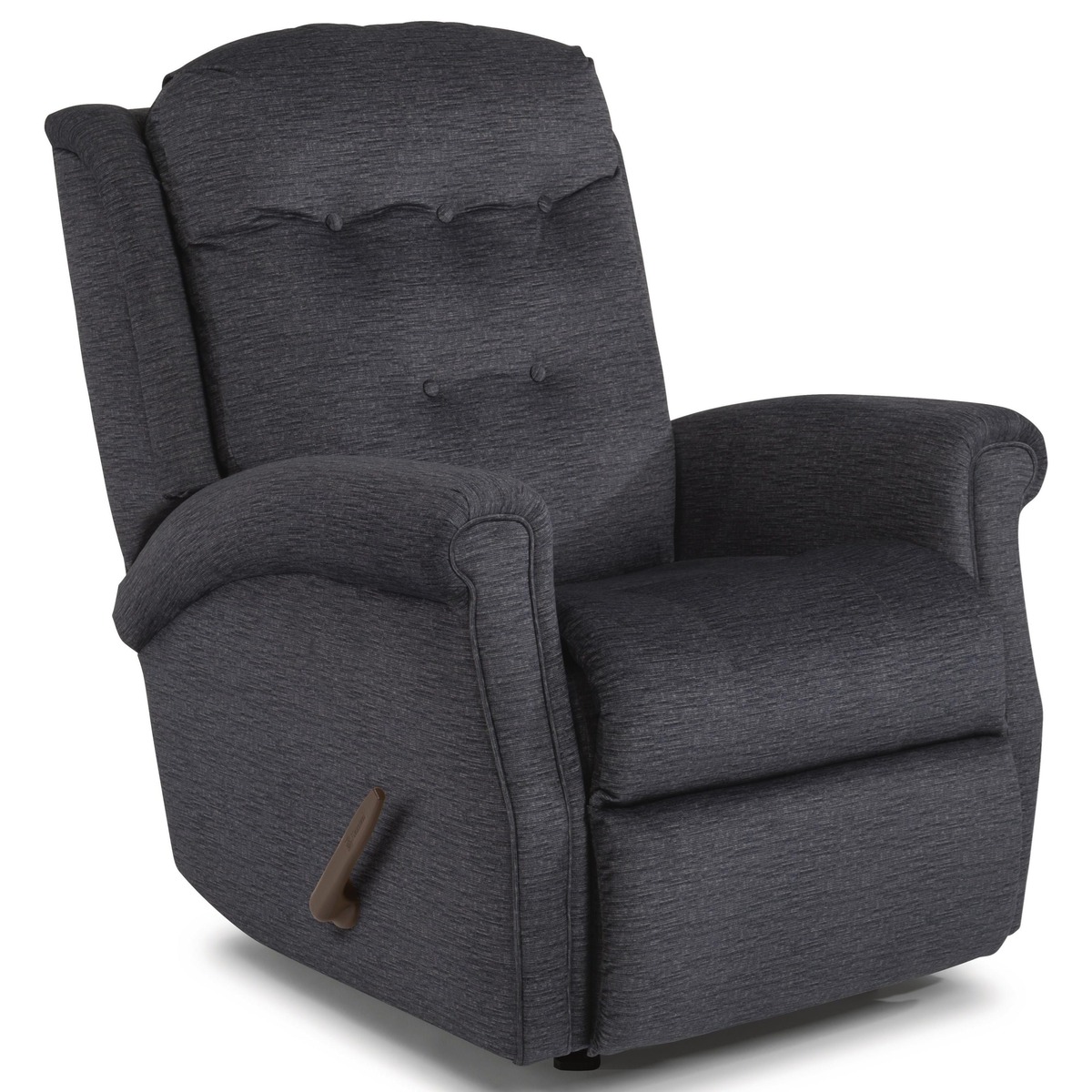

0 thoughts on “How Much Does Wood Siding Cost”